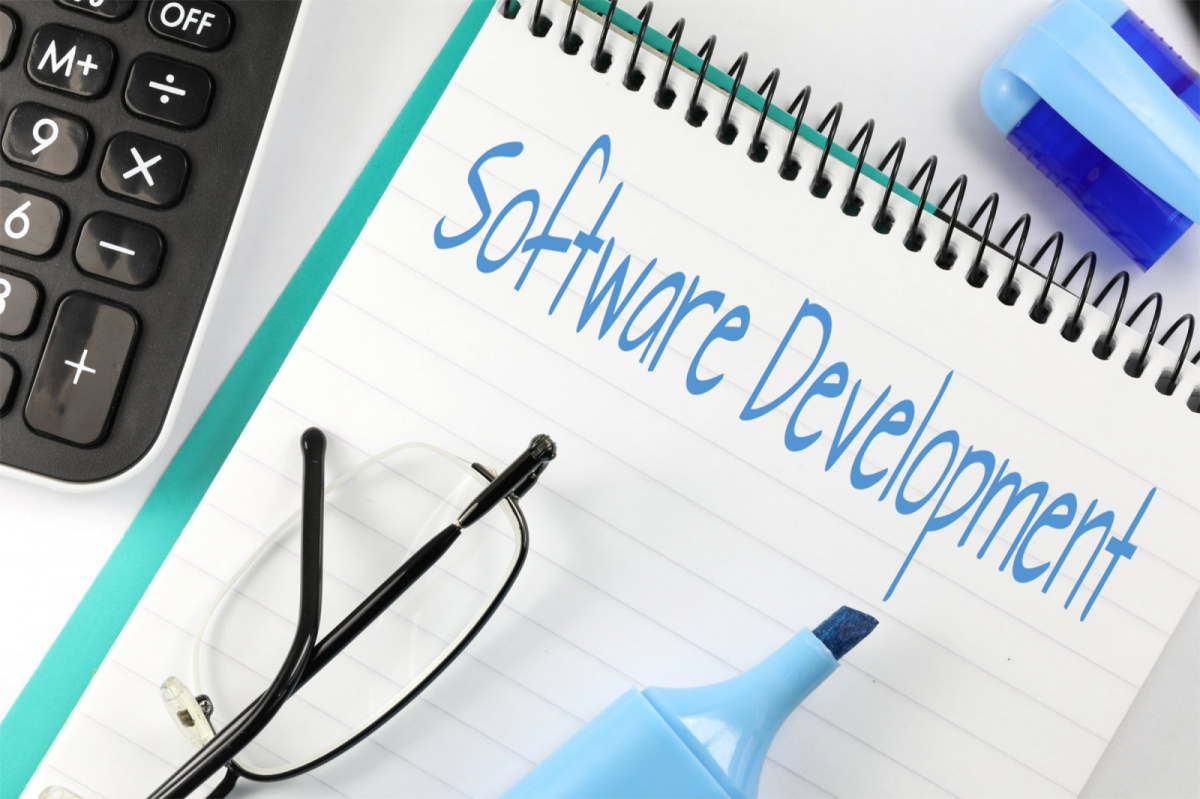
There are several ways COVID-19 changed the software development industry. Before the COVID-19 pandemic hit, tech was already undergoing rapid, major changes. Indeed, many development firms were reshaping the ecommerce, fintech, and business landscapes through new app features. After the COVID outbreak, their impact completely changed as companies shifted to remote work. As a software development manager, you need to know how the pandemic shaped the tech industry. This way, you can keep up with major development trends and changes in the post-pandemic world. Read on to learn about the most important ways COVID-19 changed the software development industry.

Accelerated Digital Transformation
First, the COVID-19 pandemic accelerated the digital transformation for developers. Indeed, many firms looked to migrate their resources to the cloud. Thus, developers had to modernize legacy applications and refactor their monolithic code into microservices. This way, they could adapt to new user needs faster. In addition, many developers had to step up the transformation for their clients as well. If they didn’t have digital platforms for customers and suppliers, many software developers had to enable these as quickly as possible. As developers continue working post-COVID, they continue to build these digital channels so clients can keep up with new business patterns. Definitely, COVID-19 accelerated the digital transformation in the software development industry.
Adoption Of Advanced Tools
Next, the pandemic pushed many software development teams to adopt advanced tools in their SDLC. For example, many companies installed a Kubernetes Docker Registry by JFrog. With this containerization software, developers could provision their k8s cluster with Helm charts and images to orchestrate their applications. In addition, it provides secure, private provisioning to host local Docker images. With this feature, companies can leverage fine-grained access control as they share packages and images across their organization. Indeed, virtual Docker registries can aggregate local and remote resource to give you a single URL to manage your images. In an age where digital security is priority, this is key to mitigate risk and lower cost. In short, COVID-19 pushed development teams to adopt advanced tools to streamline security and resource management.
Increased Productivity From Remote Work
The pandemic increased software developer productivity from remote work. According to recent data, COVID pushed more than half of workers to shift their focus to the DevOps methodology for increased collaboration and efficiency. Additionally, the pandemic increased progress towards cloud migration by over 50%. By moving data to a cloud computing environment, output went up over 40%. Plus, CRM activity went up by over 150%. Indeed, remote work prevented teams from wasting time from distractions, chatting, and group meetings. Simultaneously, video conferencing and chat platforms allowed employees to stay connected. With this increased productivity, many developers will likely stay remote or adopt a hybrid model in a post-COVID world.
Higher Demand For Services
Moreover, COVID-19 also launched a higher demand for services in the software development industry. Indeed, data shows that software development roles increased by nearly 8% in the early months of the pandemic. Many businesses sought new tools to streamline business operations and maintain product delivery. For example, many companies invested in remote banking, grocery delivery, and medical scheduling applications. Additionally, over 65% of organizations reported spending more on video conferencing software. Indeed, these new resources were key to maintain their customer base and provide services through lockdowns. Undoubtedly, COVID-19 pushed a higher demand for software development services.
More AI And Automation
Furthermore, COVID-19 pushed for more AI and automation in the software development industry. For example, many companies are implementing AI in web chat bots to increase online customer interaction. Simultaneously, AI in the software industry enabled strategic decision making through analytics. Plus, many development teams implemented automated test tools for their quality assurance analysts. Notably, these tools work to minimize human error and promote fast testing in the development process. Certainly, COVID-19 enabled more AI and automation in the software development industry.
There are several important ways COVID-19 changed the software development industry. First, COVID-19 accelerated the digital transformation with cloud migration. Leveraging these cloud-based technologies, businesses can maximize speed, security, and storage efficiency. Next, many companies adopted advanced tools like container registries. With these solutions in place, businesses can capitalize on the power of containerization. In addition, software development increased productivity from remote work. Moreover, COVID also pushed a higher demand for software services. Furthermore, the pandemic also fostered more AI and automation in team pipelines. Consider these points to learn about the most significant ways COVID-19 changed the software development industry.